Longvida® Research
Longvida® Research
Don’t see what you’re looking for? All additional research is categorized under supportive research.
Investigation of the lymphatic transport of solid-lipid curcumin particles (Longvida®) in comparison to curcumin extract in rats.
A comparative study of dietary curcumin, Longvida®, and other classical amyloid-binding dyes for labeling and imaging of amyloid plaques in brain tissue of mice.
Reduced inflammatory and muscle damage biomarkers following oral supplementation with bioavailable curcumin.
Examining the potential clinical value of curcumin.
Curcumin supplement improves vascular endothelial function in middle-aged and older adults.
Anti-inflammatory effects of novel standardized solid lipid curcumin formulations.
Investigation of the effects of solid lipid curcumin on cognition and mood in a healthy older population.
Efficacy of curcumin in the treatment for oral health – A randomized clinical trial.
The biomarker initiative DSBI pilot: Proof of concept for deep phenotyping of biomarkers.
Clinical development of curcumin in neurodegenerative disease.
Development of a neuroprotective potential algorithm for medicinal plants.
Retinal amyloid fluorescence imaging predicts cerebral amyloid burden.
Longvida effectively modulates the development of reovirus 1/L-induced ARDS in both a prophylactic and therapeutic model.
Absorption of curcumin into lymph and plasma using an enhanced solid-lipid dose delivery form in rats.
Curcumin [Longvida®] suppresses soluble tau oligomers and corrects molecular chaperone, synaptic and behavioral deficits in aged human tau transgenic mice.
Don’t see what you’re looking for? All additional research is categorized under supportive research.


